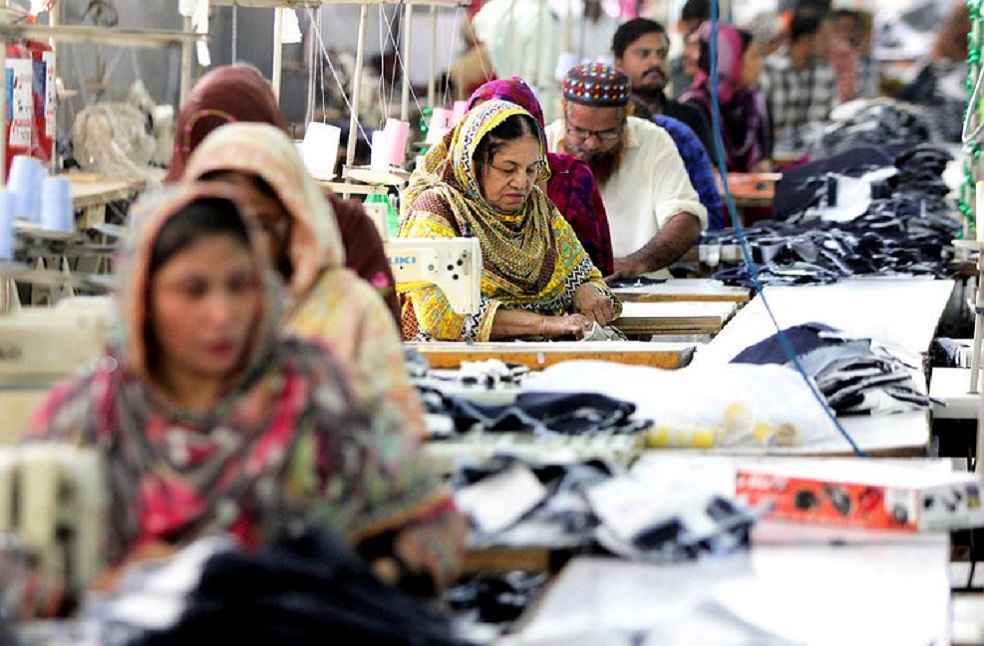The United States, a pivotal market for global apparel trade, has seen a significant contraction in imports, especially from Bangladesh. Between January and October 2023, the apparel export witnessed a 24.75% decrease in revenue, totaling $6.35 billion.
The Downturn in Numbers
The US, being Bangladesh’s largest market, witnessed a profound drop in apparel imports. According to the US Department of Commerce’s Office of Textile and Apparel (OTEXA), the volume of readymade garment exports to the US fell by 29.51% year on year. This downturn is not exclusive to Bangladesh, as key competitors like China and Vietnam also reported negative growth, signaling a broader shift in Western fashion consumption patterns.
Underlying Factors
The demand reduction can be attributed to a confluence of global events. High inflation rates and the ongoing war in Ukraine have disrupted global trade and supply chains, significantly impacting consumer behavior. In addition to these macroeconomic factors, the US has also experienced an economic slowdown, leading consumers to prioritize essential needs over apparel purchases.

US Trade Data Insights
OTEXA data further reveals that overall US apparel imports during this period declined by 22.71% to $67.26 billion, compared to $87.03 billion in the corresponding period of 2022. Bangladesh, specifically, saw a 36.50% monthly negative growth in October 2023 compared to the previous year, with a shipment value of $578.35 million.
Industry Perspectives
Md Shahidullah Azim, Vice-President of the Bangladesh Garment Manufacturers and Exporters Association (BGMEA), acknowledges the global decline in apparel demand. He cites fewer work orders over the past months, reflective of the trends in the US market data. Additionally, US President Joe Biden’s recent memorandum on labor rights and the possibility of sanctions and trade embargoes has raised concerns but has not yet impacted exports.
Challenges Beyond Demand
Manufacturers are grappling with not just falling demand but also internal challenges like inconsistent utility supplies. Mohammad Hatem, Executive President of the Bangladesh Knitwear Manufacturers and Exporters Association (BKMEA), highlights the struggle of factories operating below capacity due to gas shortages.

Comparative Global Impact
The impact extends beyond Bangladesh. China and Vietnam, significant apparel exporters to the US, saw declines of 26.71% and 23.80%, respectively. Similarly, US apparel imports from India, Indonesia, and Cambodia also registered significant falls.
The current scenario in the global apparel market reflects a complex interplay of economic, political, and logistical challenges. As the world navigates these turbulent times, the apparel industry faces a crucial period of adaptation and resilience. The decline in US apparel imports serves as a crucial indicator of shifting global market dynamics, necessitating strategic responses from major exporting nations like Bangladesh.
LATEST NEWS | Bangladesh Garment Sector Boosts Labor Rights, Secures EU, US Market Access



